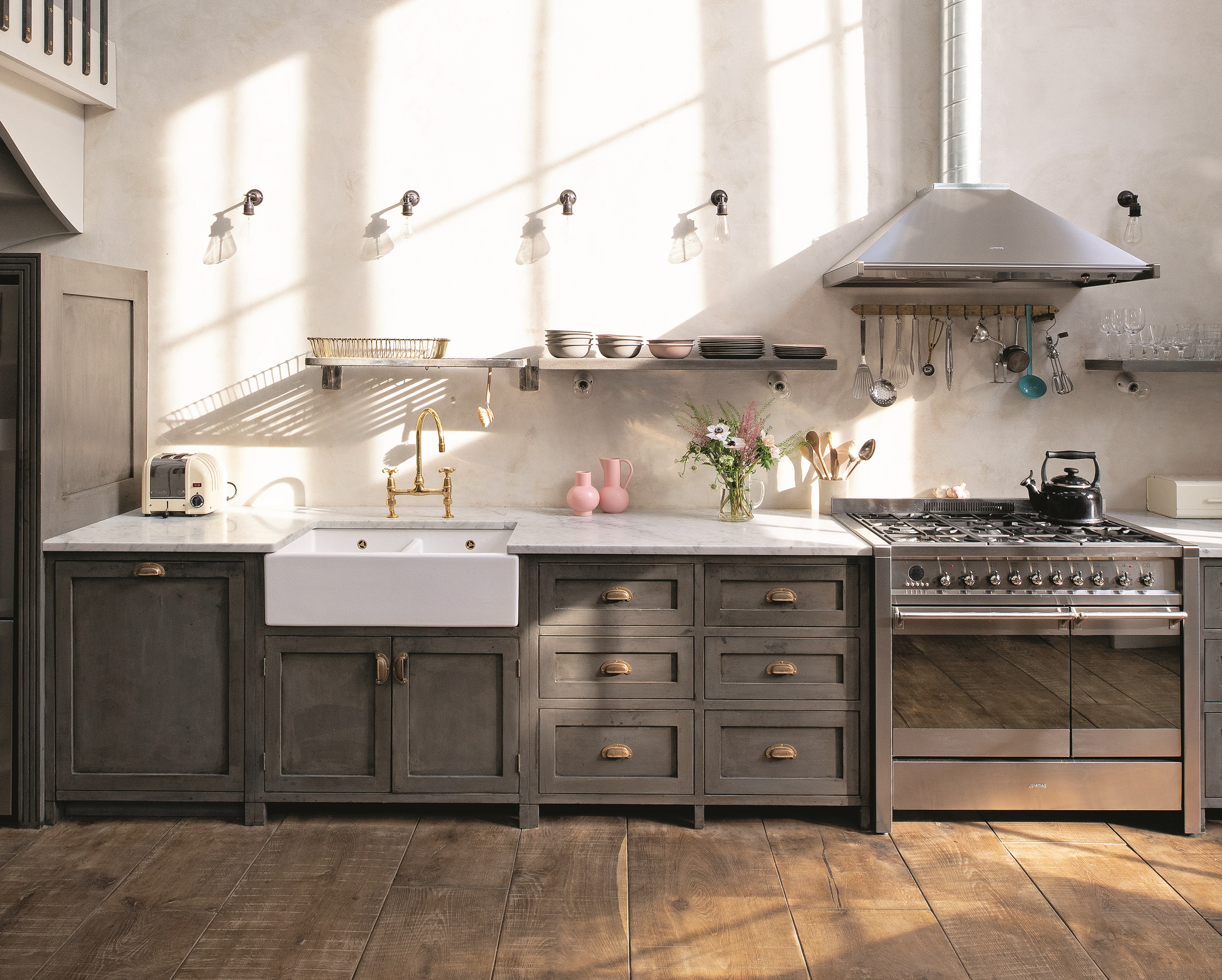
Name a kitchen storage spot more difficult to organize than the cabinet under the sink (we'll wait). Maneuvering around this awkward space can be a nightmare, and then there's the added difficulty of deciding what to store in this indefinable abyss. Luckily, we're here to help.
'Kitchen sink cabinets are notoriously tricky to organize,' says California-based organizer, Melissa Gugni. 'Between the exposed plumbing, the size of the sink, and other odd-shaped obstructions like garbage disposals or water filters, there's a lot going on.'
If you need to restore order to the cabinet under your kitchen (or bathroom) sink, then fear not. We've called in some experts to hear their advice. Here are three steps to streamline your under-sink storage so you can make the most of every inch of space in your modern kitchen.
How to organize an under-sink cabinet
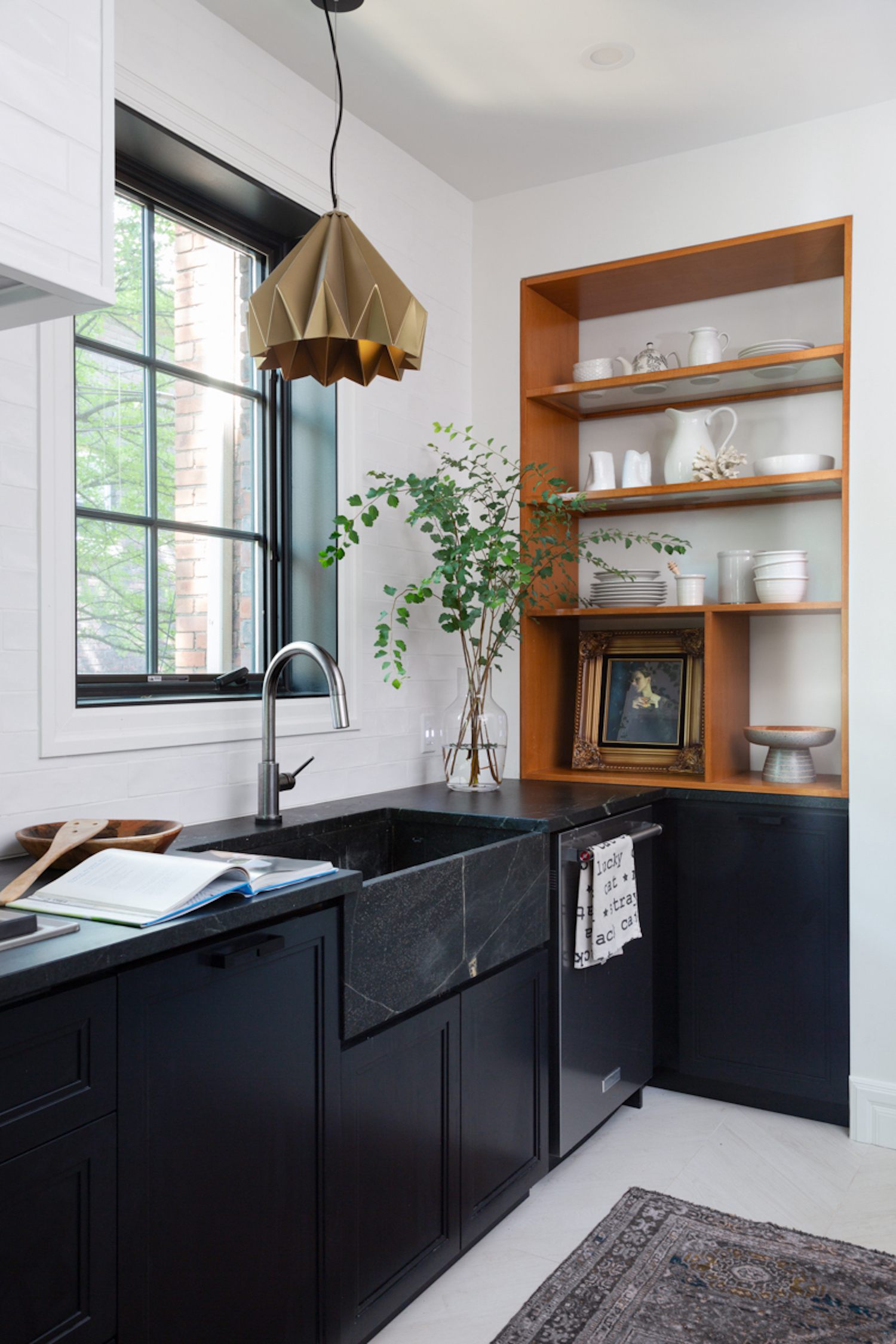
Like an organization project, sorting the space under your kitchen sink requires a good declutter as well as a functional system that makes it easy to find everything you need.
As with other organizational tasks, it also helps to figure out the root cause of your current state of disorganization. 'Sink cabinets are often difficult to organize and use as storage space primarily for two reasons,' says Zach Dannett, organizing advisor and co-founder of Tumble. 'First, there's limited accessibility because of their natural positioning in the home, and second, plumbing obstructions give you limited space for storage and organization.'
Proper organization of the space under a sink will offer workable solutions to both these issues, and below you'll find some suggestions that help you do just that.
1. Take everything out
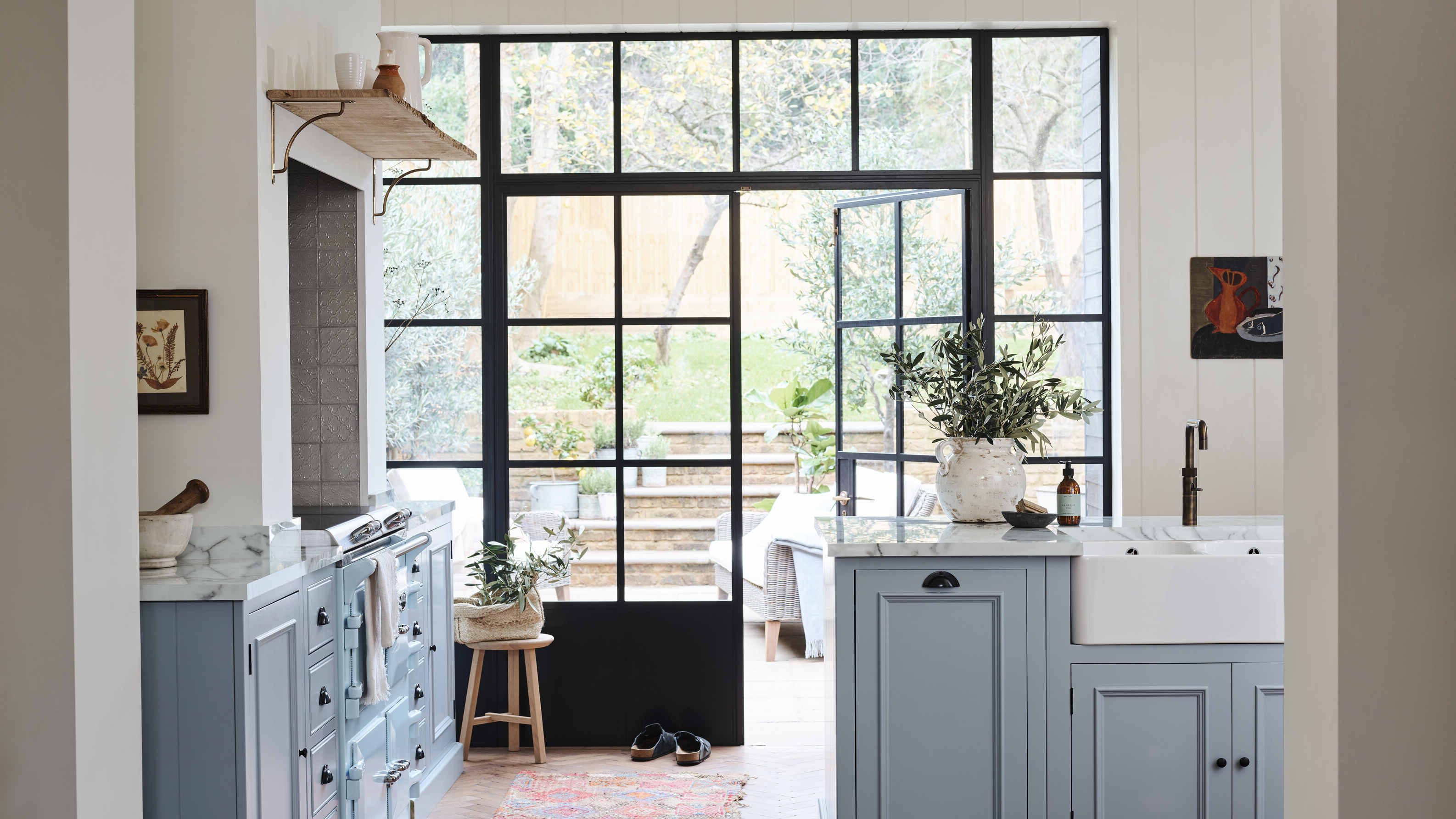
In order to organize a space, you must first perform an audit of the stuff you keep there. In the world of kitchen storage, under-sink cabinets often become a catch-all for all the miscellaneous stuff you can't find a home for. Besides cleaning products, DIY materials, and tool kits, there's likely a plethora of more random items lurking in this obscure space.
'To organize this cabinet, first pull everything out and have a look at what is there,' says Melissa Gugni. 'Is there any culling to be done? Send any dingy sponges and wilted paper bags to the trash or recycling bin and then consider if there's anything that doesn't belong down there.'
In her work, Melissa ideally only likes to only see things related to the kitchen being kept in this space. 'Think trash bags, cleaning supplies, and dishwashing detergent,' she says. 'If random things have ended up there, send them to their homes. I've found everything from motor oil to make-up under the sink!'
2. Introduce an expandable shelving system
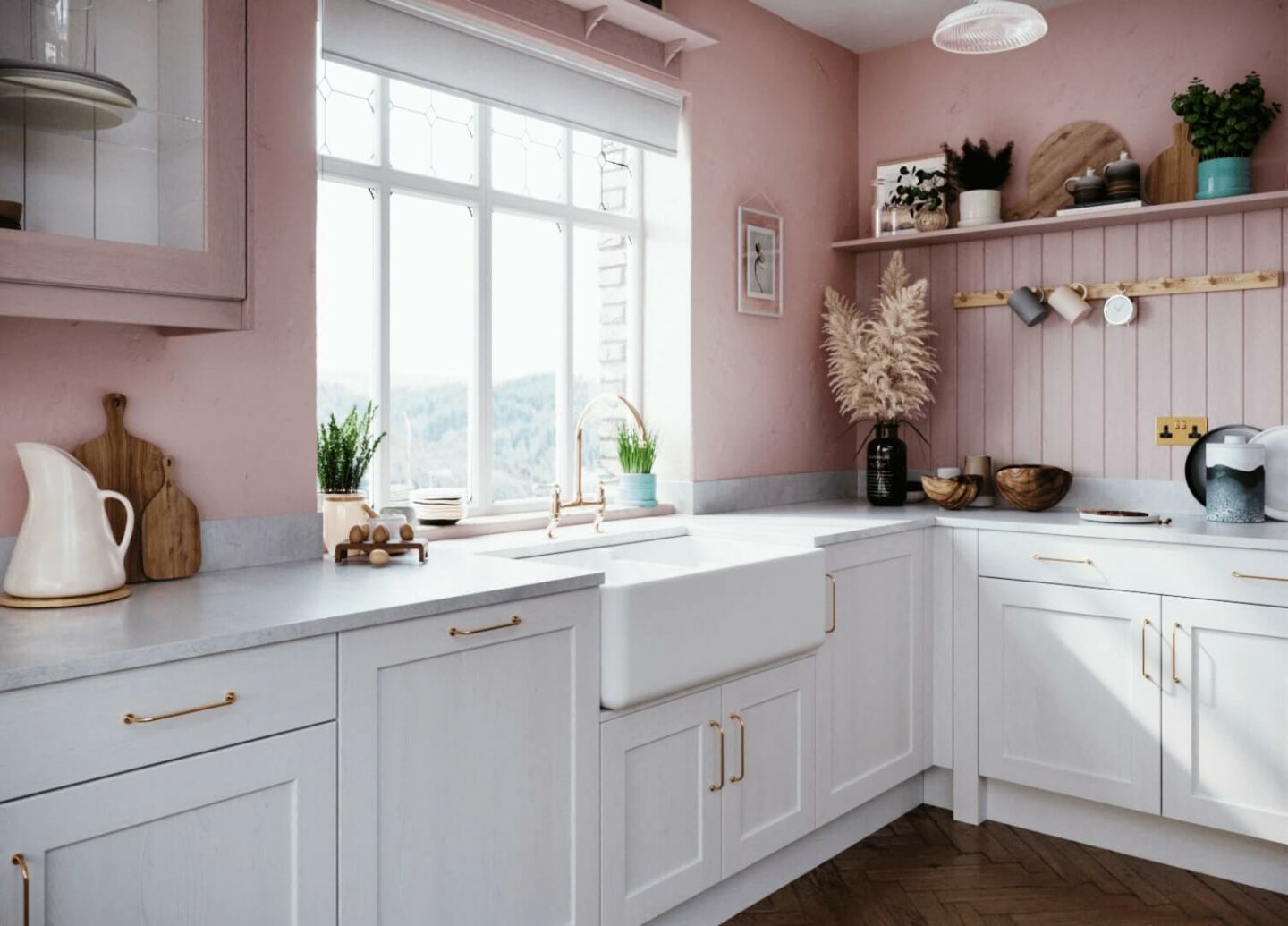
Kitchen sinks might not be as tall as your other base kitchen cabinets, but I can almost guarantee there's plenty of space going to waste. Just as you'd have internal shelving within your food cabinets, introducing a shelf to your under-sink storage will do wonders for maximizing your space.
'A great workaround is to create an organized structure around plumbing,' advises Zach. 'An expandable, under-the-sink shelf to maximize vertical space is always a must-have. This is an adjustable shelving unit designed to fit around plumbing pipes. Using these effectively helps you maximize vertical space under the sink, providing you with an efficient way of storing items without pushing too far back into the cabinet.'
An adjustable shelf system like this one, from Target, is ideal for the job. 'Because it's expandable, you also can customize the fit for various cabinet sizes,' adds Zach. 'An important tip to note here is to always store lighter, frequently used items in the top-most tier and heavier, rarely used items at the bottom-most tier.'
3. Or, opt for pull-out system for ease of access
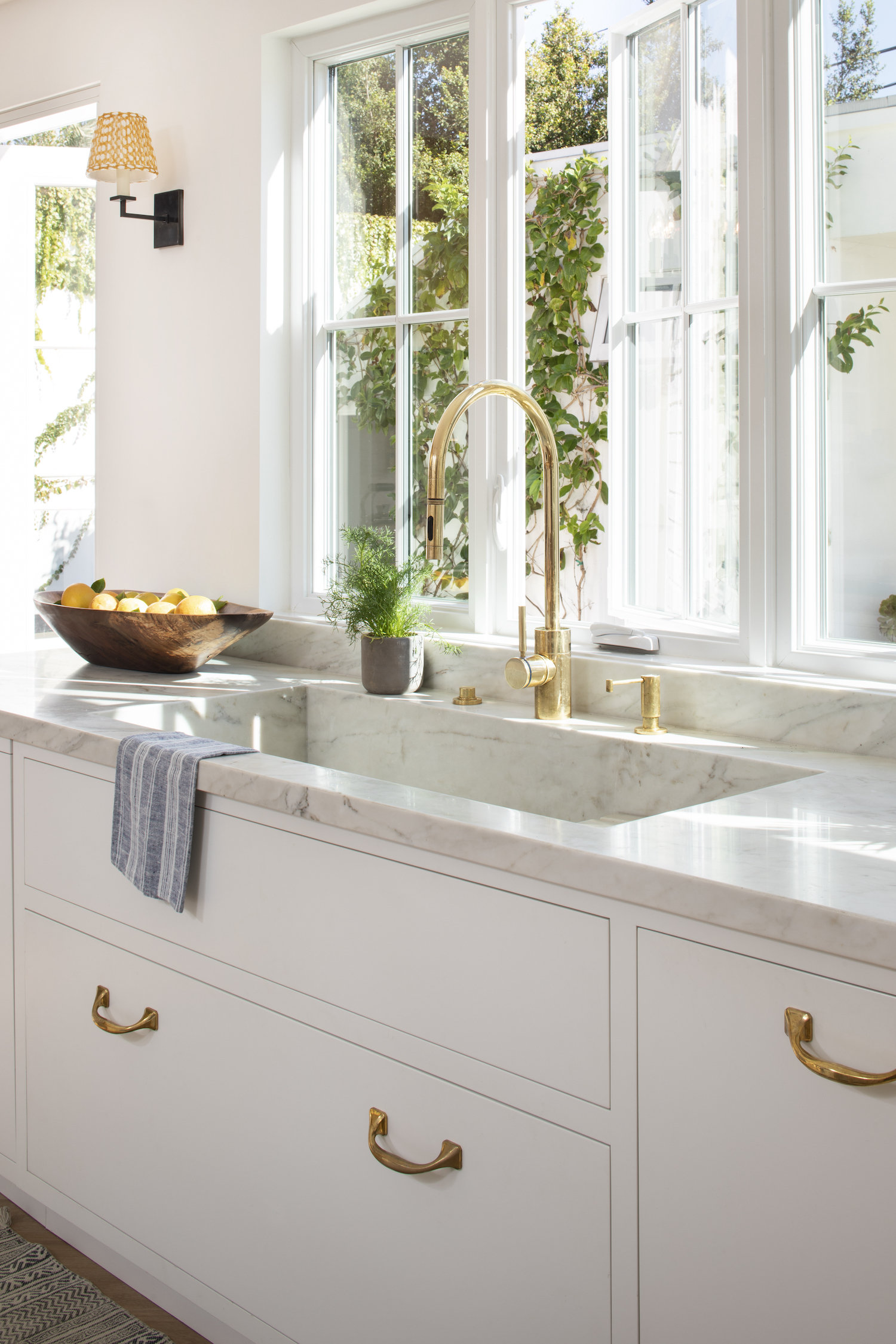
While a shelf insert will offer more storage space, it doesn't solve the problem of containing the various items you've corralled, or that of making it easier to access. Instead (or as well as), you could introduce a designated under-sink caddy, like this one from Amazon that comes fixed to a nifty pull-out system that makes it easier to access items at the back of the cabinet.
'These are trays that slide out of the cabinet itself, or on the side of the cabinet,' notes Zach. 'They often have segmented tiers that allow you to organize and group smaller items like sponges, brushes, and bottles together. When using these types of organizers, the same principle for tiering applies – most commonly used, lighter items that don't bear down on the structure too much. Apart from ease of access, this tip is also meant to help preserve the item's functionality and structure.'
Of course, the system you ultimately decide on will largely depend on the space available under your sink and the items you decide to store there, so be sure to measure the space properly and choose an organizer that works with any plumbing limitations. Dedicating time to organize your under-sink cabinet might seem futile, but the difference it makes to the day-to-day running of your kitchen will be immense. When it comes to how to organize a kitchen, don't ever neglect this tricky space.







